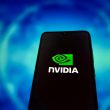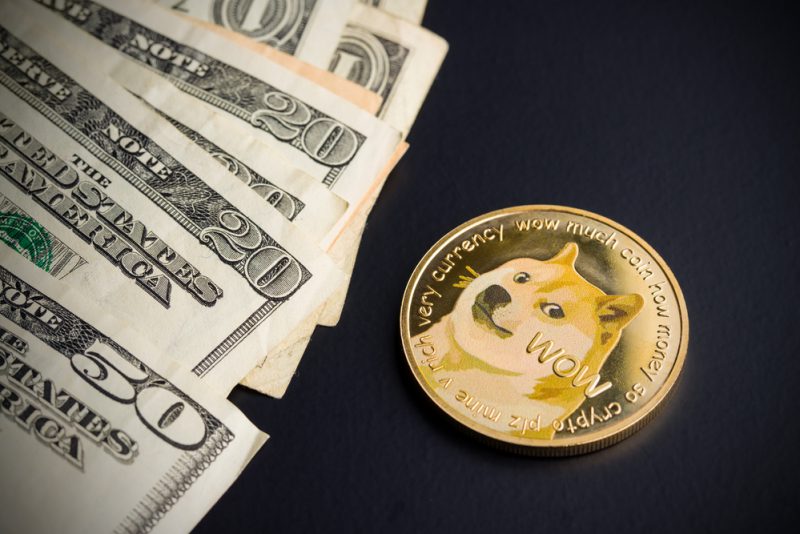In a new development for the future of global connectivity, Dogecoin developers completed a DOGE transaction without the use of the internet.
The transaction, which took place on April 22, is the first ever of its kind carried out by the meme coin and was carried out through a newly developed protocol known as “Radio Doge.”
The development was announced by one of the platform’s developers, Michi Lumin, who said the transaction was carried out with the help of the global Starlink satellite network.
This milestone proves that Dogecoin can now be accessible to everyone, including those who lack access to the internet.
How the DOGE transaction happened
According to the tweet, the developer transferred 4.2069 DOGE using libdogecoin and a HF/LoRaWAN (low-cost radio tech) connected to the blockchain via Starlink.
Several Dogecoin supporters have since expressed enthusiasm about the completion of the transaction.
“The first dogecoin transaction just took place without the Internet, using Radio Doge. Much wow,” one of these supporters wrote on Friday, adding that “Radio Doge will enable access to dogecoin for people outside the reach of the internet,” the supporter added.
Bitcoin leads, Dogecoin follows
With the completion of this transaction, Dogecoin becomes the latest digital asset to be sent without internet access.
Before DOGE’s move, other platforms have used techniques like mesh networking, amateur radio equipment, and portable antennas to complete Bitcoin transactions without internet access.
Way before DOGE’s transaction, a former Chief Operating Officer of OB1, Sam Patterson, had argued that radio has better peer-to-peer (P2P) features than P2P networks built on the web.
According to him, the peer-to-peer networks built on the internet have a special allure because of the belief that they have no point of failure. This, however, is misleading as he stated the P2P is built on many computers and the connections between them.
In his words,
A bit misleading: they are really built on many computers and the connections between them. Not true with radios. True peer to peer.





